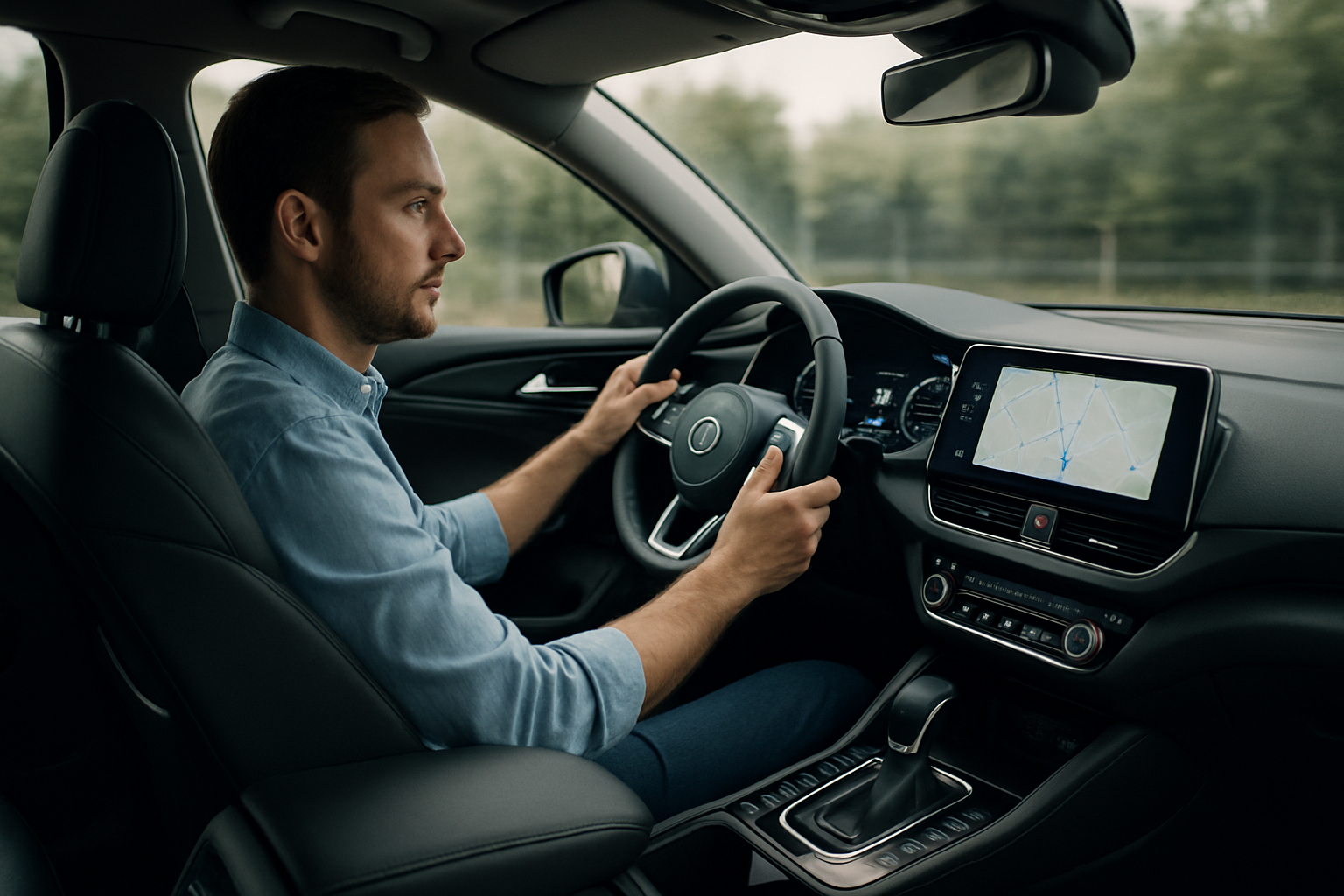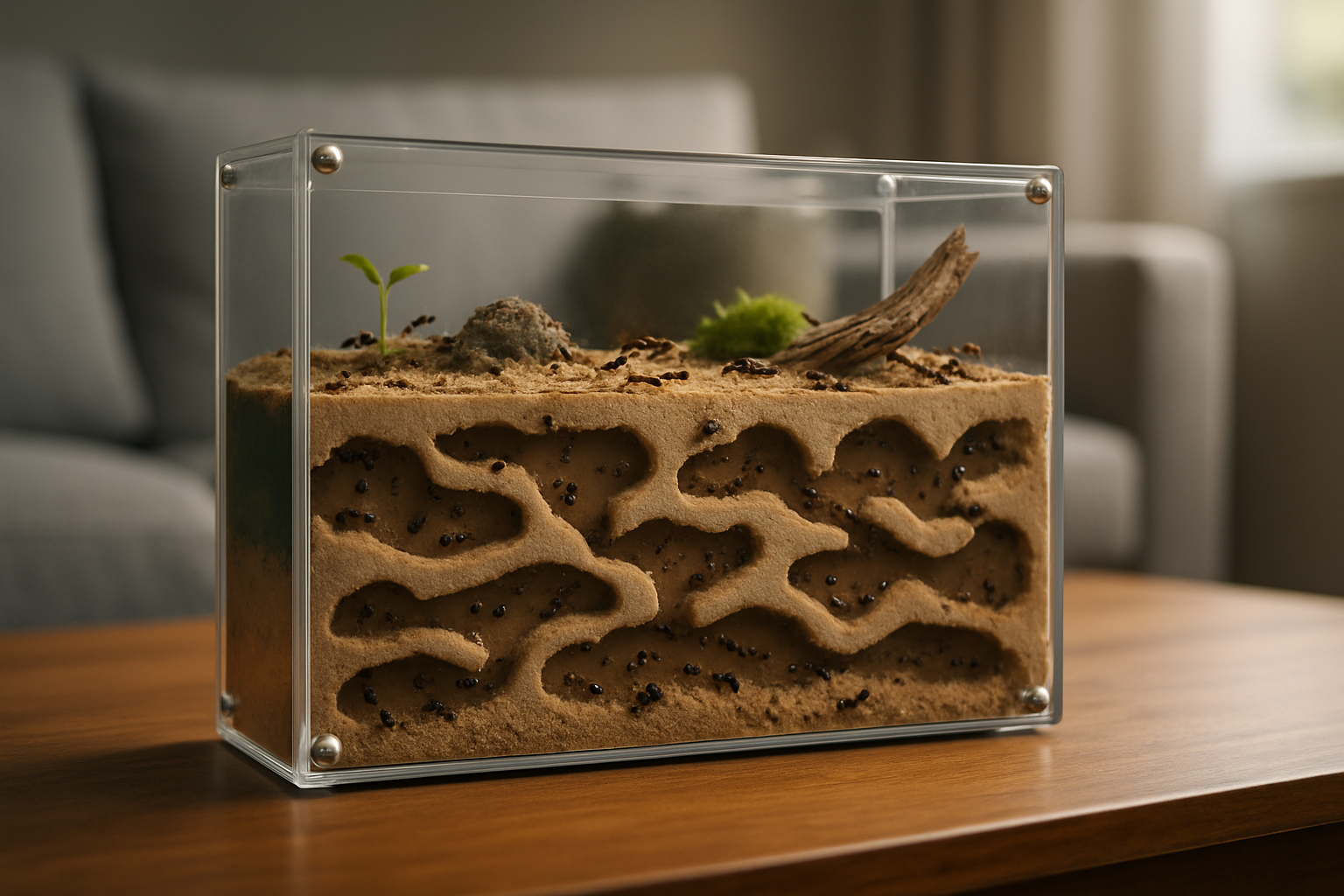Reimagining Car Interiors: The Evolution of Automotive Ergonomics
The first time you sit in the driver's seat of a new car, the feeling is surreal. The ergonomic layout, the arrangement of controls, and the tactile sensation of the materials all contribute to the vehicle's overall experience. Automotive ergonomics has evolved over the years to offer drivers more comfort, safety, and control. Let's delve into the world of automotive ergonomics to understand how it has transformed car interiors into the sophisticated driver-centric spaces we see today.

The Genesis of Ergonomics in Automotive Design
The term “ergonomics” comes from the Greek words “ergon” (work) and “nomos” (natural law). In the automotive world, ergonomics refers to the design of car interiors to create an environment that is intuitive and comfortable for the driver. The introduction of ergonomics in automotive design can be traced back to the 1960s when car manufacturers started to realize the importance of driver comfort and began incorporating ergonomic principles into their designs.
The Push for Safety and Comfort
With increasing awareness about car safety in the 70s and 80s, automotive manufacturers started to prioritize ergonomics to reduce driver fatigue and the risk of accidents. The positioning of the steering wheel, pedals, and control buttons was meticulously planned to ensure drivers could reach them without straining. Seats were designed to provide better lumbar support, and adjustable steering columns were introduced to accommodate drivers of different heights.
The Advent of Digital Technology in Car Interiors
The 90s and 2000s saw the introduction of digital technology in car interiors. Touchscreen infotainment systems, GPS navigation, Bluetooth connectivity, and voice-activated controls were integrated into the ergonomic design. Despite the added complexity, the focus remained on creating an intuitive and distraction-free environment for the driver.
The Current State of Automotive Ergonomics
Today, automotive ergonomics is about more than just physical comfort. It’s about creating a seamless interaction between the driver and the vehicle. With the integration of advanced sensor technology, car interiors can now adapt to the driver’s needs. Seats can automatically adjust to the driver’s preferred position, while smart sensors can detect fatigue and alert the driver.
The Challenges and Future of Automotive Ergonomics
Despite the advances, automotive ergonomics still faces challenges. The integration of technology can lead to increased driver distraction if not properly managed. Moreover, as cars become more autonomous, designers need to rethink the driver’s role and how they interact with the vehicle’s controls. The future of automotive ergonomics lies in creating intuitive, adaptable, and distraction-free car interiors.
In conclusion, automotive ergonomics has come a long way, transforming car interiors from mere driving spaces to sophisticated environments centered around the driver’s comfort and safety. However, as technology continues to evolve, so will the challenges and opportunities in this field. By overcoming these challenges, automotive ergonomics promises to redefine our driving experience in ways we can only imagine.





